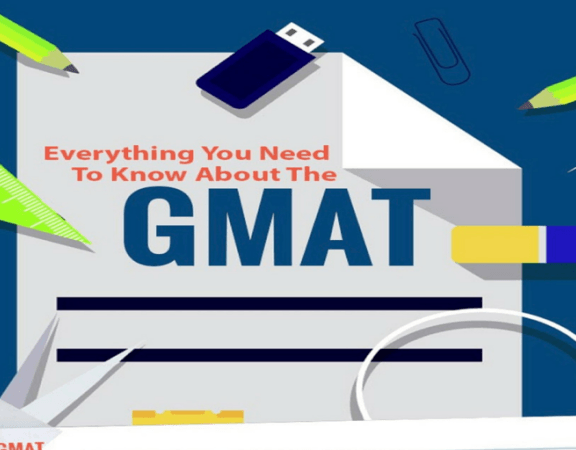Nothing Confusing About It — Resolving Paradox Critical Reasoning Questions
Nothing Confusing About It — Resolving Paradox Critical Reasoning Questions
Paradox questions don’t function like most critical reasoning questions. Instead of asking you to evaluate a conclusion, identify an assumption, or spot an error in reasoning, paradox questions task you with explaining how two seemingly contradictory facts can coexist.
This task sounds more challenging than it is. Essentially, you just need to find the answer choice that provides the missing link between the two discordant facts, and when you keep in mind the following steps, this task is straightforward.
To demonstrate these steps in action, we’ve provided an example of a paradox question below. Read through it and the answer choices and then we’ll show you how these steps help you break down the question and find the correct answer.
Callers to a customer help line frequently complained about the quality of service. Seventy percent of survey respondents cited the services agents’ lack of knowledge of how to solve the problems they were calling about. To address the problem, management decided that each service agent should go through regular training. Each agent spent half a day each week in sessions covering how to respond to callers’ problems. Nevertheless, after three months of training, the rate of caller complaints has not decreased.
Which of the following, if true, most helps to explain why the training failed to achieve its goal?
(A) The training program created significant additional cost in running the help line.
(B) Taking service agents out of the group answering calls at any given time causes the average wait time of callers to rise.
(C) The ongoing training does not cover all possible caller problems.
(D) The proportion of repeat callers to the help line is low, so callers have no way of observing that service agent knowledge has improved.
(E) The company providing the help line has lost customers due to their dissatisfaction with the quality of service, both before and after the regular training began.
Begin with the facts
When presented with a paradox question, first clarify all the facts contained in the prompt, including the two facts that make up the contradiction or seeming discrepancy. This not only helps you understand the situation presented in the prompt but it also brings the two contradictory facts into sharp relief, which will be important for the other two steps.
In the above example, the facts are as follows: 1) Customers commonly complain about the quality of the help line. 2) Seventy percent of surveyed customers cited the service agents’ lack of knowledge as the issue. 3) Management gave each service agent regular training in order to alleviate this issue. 4) Each agent spent half a day a week to training. 5) Despite three months of training, caller complaints increased. The two contradictory facts are as follows: agents went through training to increase their knowledge and thus reduce the most common complaint about their service, yet complaints were not reduced.
One of the most common traps on CR paradox questions is an answer choice that provides a seemingly plausible explanation but that on closer inspection deviates from the prompt actually says. For example, take a look at answer option (C). At first glance, this looks like it could be an explanation for the paradox: If the agents’ training doesn’t cover all possible complaints, then it’s possible that the training is ineffective and complaints would continue.
However, this explanation doesn’t match up with the facts well. Remember the second fact we identified in the prompt stated that 70% of surveyed customers complained about service agents’ lack of knowledge, which is what the training purportedly addressed, so even though it’s reasonable that the training doesn’t address all possible problems (for example issues other than knowledge such as politeness or wait time), we’d still expect complaints to drop because the training addressed the issue that most of the complaints were about. Therefore, this answer does not resolve the paradox.
Avoid “one” or “none” answer choices
Another predictable form of incorrect answer on paradox questions is a choice that references only one side of the paradox or neither side of the paradox. In the example, the two facts that make up the paradox are that training increased yet the rate of complaints stayed steady, so we could say that the two sides of the paradox are training and number of complaints.
In the example, answer choice (A) only addresses training and states that the additional training increased the costs of running the help line. This explanation says nothing about the other side of the paradox: There’s no clear explanation of why the number of complaints did not decrease.
Paradox questions will almost always have such answer choices that fail to address both sides of the paradox. Watch out for them and then eliminate them.
Ask if each answer choice explains both facts
One way to get rid of a paradox is to falsify one side of the paradox. For example, you could solve the paradox in the example by saying that customer complaints actually decreased in the above question. Unfortunately, CR questions will never present such an option. All facts contained in the prompt must be considered true, and the correct answer choice must explain both facts, instead of deny one in favor of the other.
The correct answer must provide the missing link between the two contradictory facts, and this is exactly what answer choice (B) does. Here it shows an unexpected effect of the training (increased customer wait time), which explains why complaints did not decrease. This explanation eliminates the discrepancy between the two facts by showing exposing the link between them.




